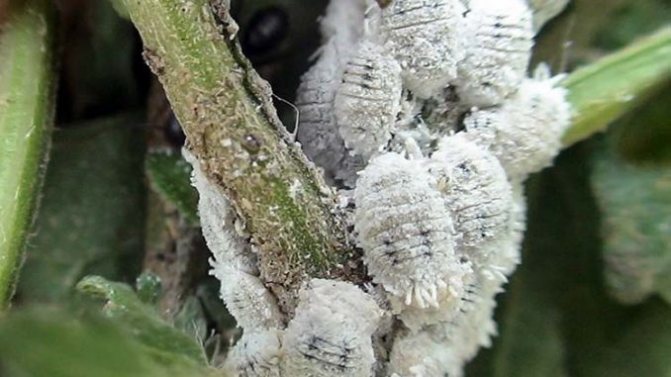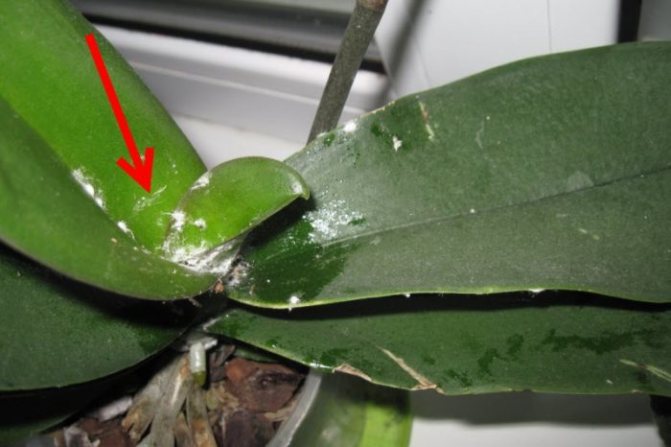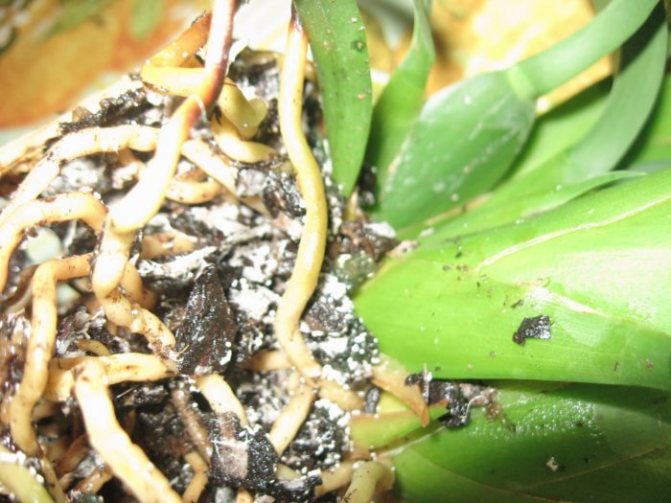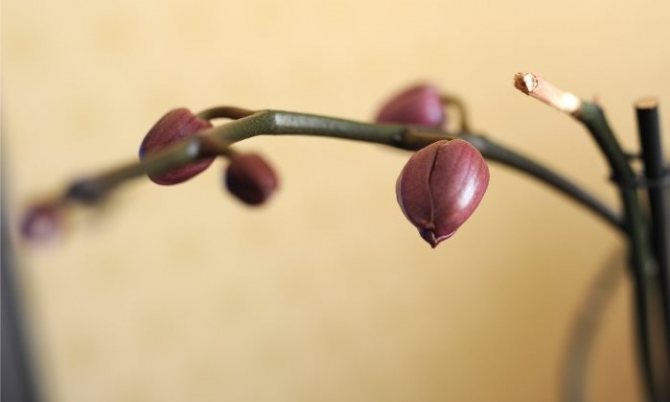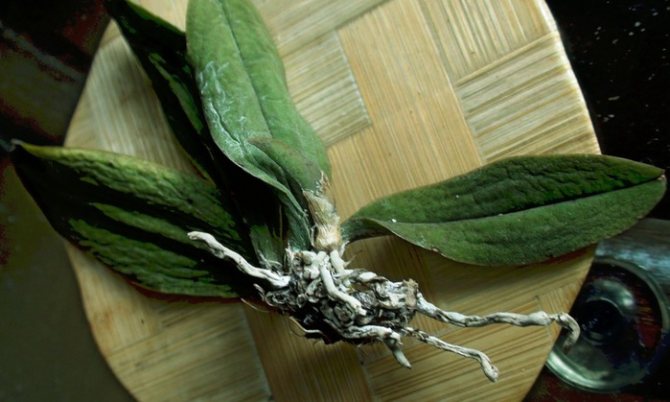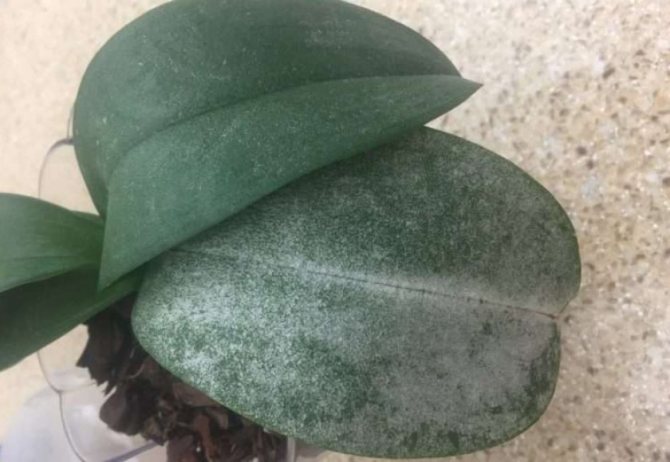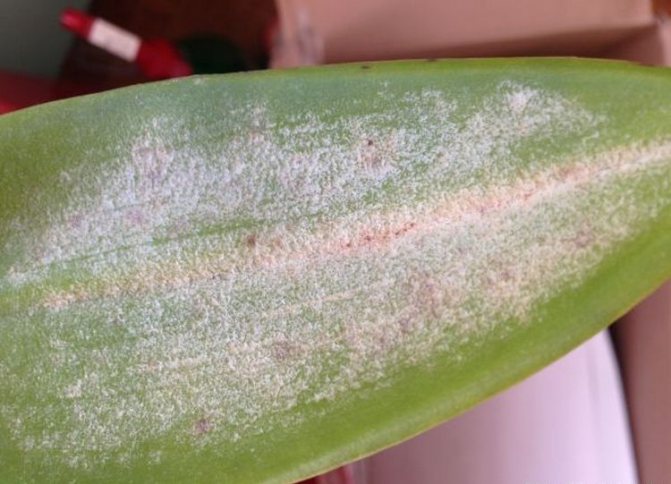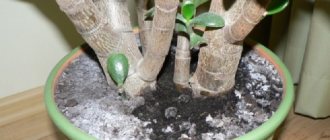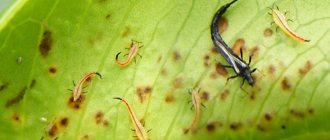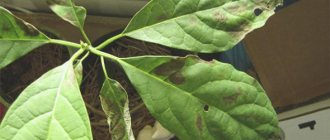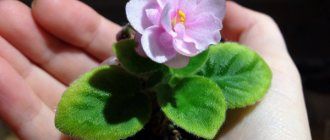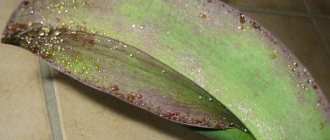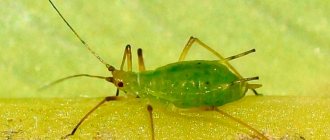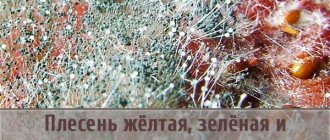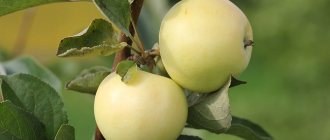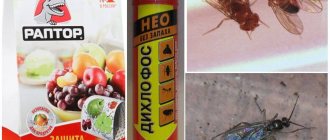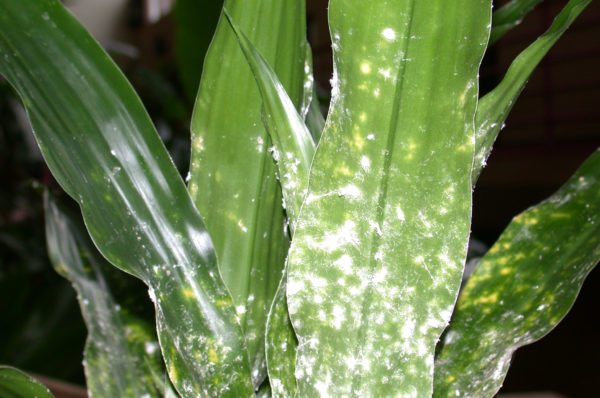
Mealybug is an insect that is found on an orchid, not everyone knows how to get rid of it. Recognizing a pest is easy. If the plants are processed in a timely manner, it will be possible to protect them from insects.
How to get rid of a mealybug on an orchid is of interest to many gardeners. The plant is exotic, the queen of indoor flowers. Despite the fact that flowers grow indoors, they cannot be completely protected from pests. To save plants, you can use folk methods or chemicals.
The reasons for the appearance of the pest
If the orchid is properly cared for, the mealybug will not appear. Insects affect only weakened plants. The pest can appear in the following cases:
- With improper watering. With excessive or insufficient soil moisture, orchids become vulnerable. This is a favorable environment for diseases and pests, they can immediately start attacking.
- In case of lack of hygiene. Flowers need constant rubbing of the leaves. To do this, you can use a sponge or spray.
- In case of non-compliance with the quarantine for new flowers. Insects don't spawn on their own. Most often, they enter the house with newly purchased plants. To protect indoor flowers, new orchids need to be isolated from others for a month.
note, insects can enter the house with ants or through a window. Therefore, it is necessary to install grids with small cells on the windows.
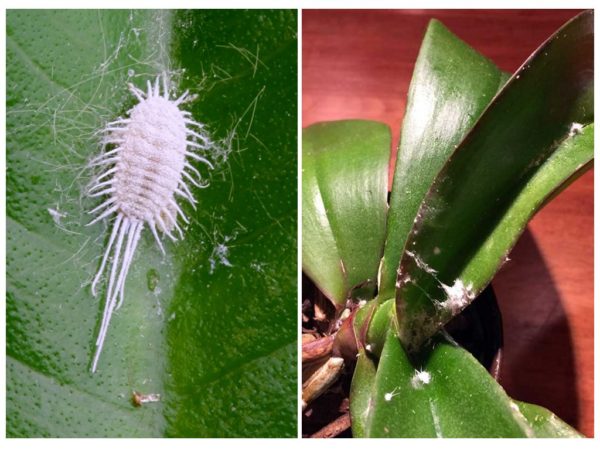

Why does it appear on the leaves?
White bloom on the leaf blade is most often the result of improper care, which has led to a weakening of the orchid's immune system.
Due to unsuitable conditions of detention, metabolism is disturbed, this leads to a change in the composition of the vegetable juice. As a result, the orchid becomes an excellent target for parasite attacks and the rapid progression of fungal infections. We single out a group of main reasons:
- Frequent feeding with nitrogen fertilizers.
- Dryness or excessive humidity in the room.
- Frequent watering - water stagnates in the ground.
- Contaminated soil. The problem arises if you dig up the soil for the orchid in the garden, garden.
- Fallen withered leaves, withered flowers in a pot. They start to rot and are a "house" for parasites.
Sign of defeat
It is impossible to confuse a worm with another insect. The main sign of plant damage is the appearance of a white waxy coating. It looks like a piece of cotton wool.
In addition, sticky secretions appear on the leaves. The plates are stained. If you do not immediately take measures to destroy the pest, the plant will soon die.
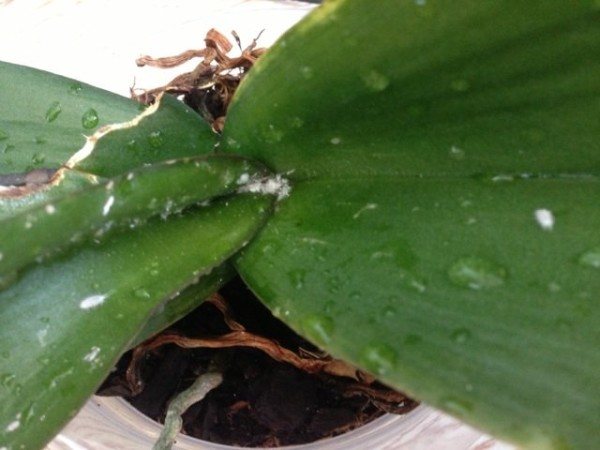

Folk recipes
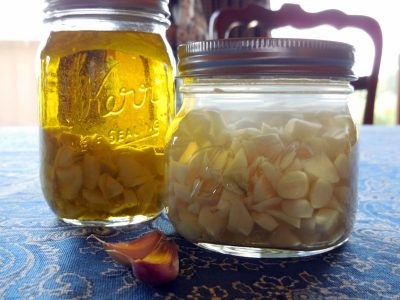

- Garlic tincture: 5 slices of a medium-sized garlic head are poured with 200 ml of boiling water, insisted until it cools completely, diluted with boiled water 1: 1, sprayed or wiped off all accessible parts of the orchid.
- Alcohol solution with soap: dilute 30 ml of liquid soap in 200 ml of boiled and cooled water and add 2 tablespoons of 70 percent alcohol. Mix thoroughly, apply with a small brush to the leaves and axillary places of the orchid in places where the insect colonies accumulate.
- Horsetail infusion: Brew one packet of dried horsetail herb in 200 ml of boiling water, cool and wipe or spray the plant several times at intervals of 5-7 days.
- Onion tincture: peel the medium onion, chop it, pour warm water (250 ml), stand for 5-6 hours, strain, spray the orchid leaves, once a week you can water the soil to disinfect the substrate.
Control measures
Getting rid of mealybugs on an orchid is very difficult. However, many growers know how to protect plants. There are many ways. You can use folk methods or carry out processing with chemicals. If insects were found on the plants, the flowers must be isolated urgently.
Folk ways to fight insects are very popular. First of all, they are affordable and economical.
The most popular are the following methods:
- Mechanical cleaning of plants
The affected buds must be removed. If insects have damaged the leaf plates, you need to wipe the leaves with a cotton pad. If pests were found at the root, the orchid needs to be planted in a different soil.
Important, the largest accumulation of scale insects is observed on new processes. This area should be given special attention.
After the procedure, it is necessary to carry out the treatment with a soap composition. To prepare it, you need to take laundry soap, grind it, fill it with water. Rub the leaves and stems with the resulting foam. Finally, a fungicide treatment is required. In this matter, copper sulfate has proven itself well.
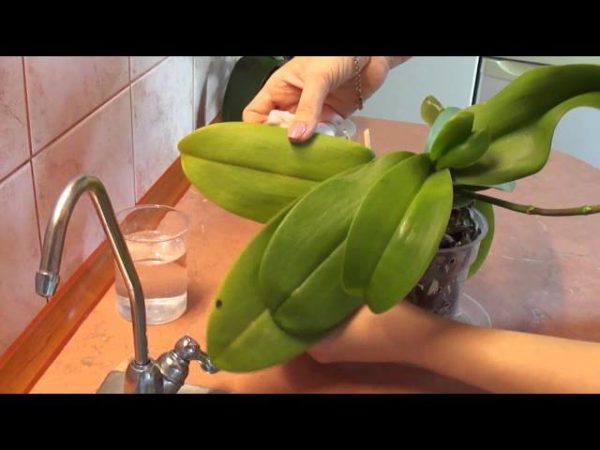

- Horsetail tincture
How to get rid of mealybugs on orchids in this way is of interest to many gardeners. It is enough to prepare a solution and water the plants with it. Orchids can be sprayed daily.
You can buy the tincture at a pharmacy. Before use, it must be diluted with water, in a 1: 1 ratio.
- Ethyl alcohol and water
To prepare the composition, you need to combine a liter of boiled water, 15 ml of alcohol, 20 grams of liquid soap. With this solution, flowers are processed.
- Olive oil and water
To prepare the mixture, you need to combine a liter of water and 60 grams of oil. Plants are sprayed with this mixture.
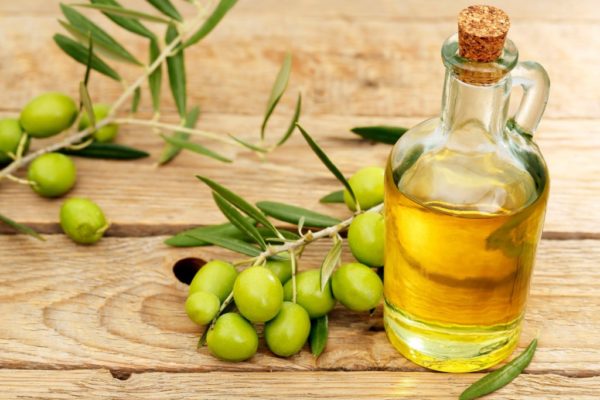

- Garlic tincture
First you need to boil the water. Then add a head of minced garlic to it. Cook the composition for 1 minute. Then leave the liquid for 5 hours to infuse.
As soon as the composition has cooled, it must be filtered and the leaves and stems can be processed.
- Tincture of calendula
An affordable remedy to help get rid of the worm. A cotton pad must be moistened with tincture, and the affected areas can be treated.
note, the procedure is best done in the evening.
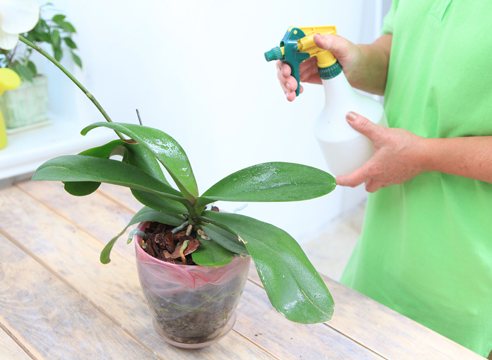

In addition to folk methods, chemical preparations help in the fight against insects. They allow you to completely get rid of pests and protect plants.
The most effective remedies are as follows:
- Actellik - used for massive damage to plants.
- Fitoverm - used to get rid of mealybugs on orchids, has an efficiency of up to 98%.
- Vertimek is an effective remedy, it is less poisonous than other drugs.
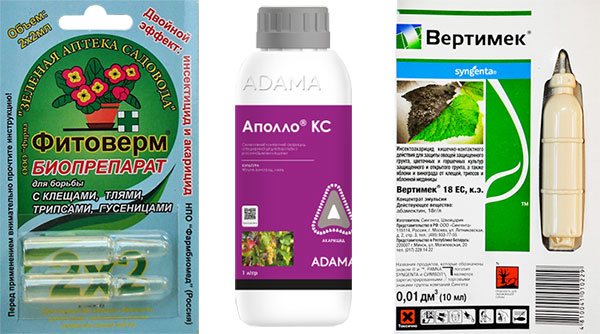

Who is a mealybug?
Scale (Pseudococcidae) is the generalized name for insects from the suborder coccids, close relatives of the scale insect. The mealybug (popular name for the hairy louse) is a sucking insect, rather large and noticeable.
Adults
Features:
- The body of an adult female is oval and covered with bloom. The insect has 17 pairs of legs and is able to move actively. The back pair of insect legs are much longer than the rest.
- The average body length is 4–5 mm, some species reach 12 mm.
- Females usually settle on young shoots, leaves or buds. They crawl into the axils of the leaves and behind the scales of the buds. Their lifespan is about 3 months.
- Insects tear the orchid with white cotton-like secretions (honeydew), which contributes to the development of fungal diseases.
- Affected orchids lag far behind in growth, become weak, as females and larvae actively suck out juice from it.
- The adult female moves actively, but hides in a secluded place for the period of oviposition.
- The life span of a male is 2 to 4 days. The male has transparent light brown wings, can fly and does not have a mouth apparatus. Males of the worm do not feed.
- Insects reproduce in different ways depending on the species. Some species lay eggs, while others are viviparous. Fertility of insects is 2–4 generations per year.
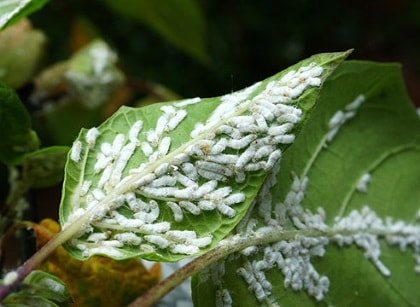

Larvae
Features:
- The first instar larvae are usually called vagrants, they move quickly and actively through the plant, they can be carried by the wind. Which contributes to the spread of parasites.
- When the larvae stick to plants, their mobility decreases, they actively feed, after which molt begins.
- A second instar larva appears, which again begins to look for a place to feed.
- Depending on the species, after 15 - 45 days the larva turns into an adult insect.
Reference! The mealybug does double harm to the orchid and is deadly for it. Honeydew adheres to parts of the plant, which causes the sooty fungus to attach. And since the plant is already weakened, the defeat of the fungus quickly leads to death.
Types of worms that are dangerous to the orchid
There are 7 types of worms. However, only 2 of them affect the orchid:
- Citrus. The female is represented by a pink color, she secretes liquid. Life expectancy is 3 months. After 2 weeks of life, it is able to lay eggs. The male can fly, lives for 4 days.
- Bristly. Females are presented in red, white bloom is present. The males have a gray color, transparent wings. Pests are able to secrete a liquid that protects them from the negative effects of the external environment.
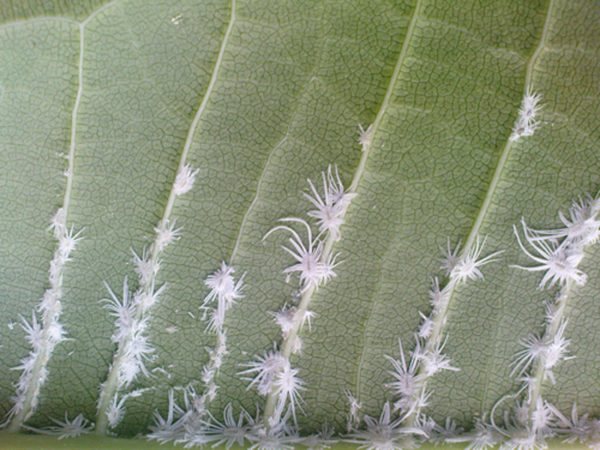

What can be caused by infection with powdery mildew and mealybug?
If the leaves or roots are covered with a white coating due to powdery mildew, the flower must be treated immediately, since fungal spores spread extremely quickly... Spots will very soon appear on the upper side of the leaf, leading to deformation and rotting, the same consideration threatens the roots of the orchid.
The most dangerous parasite for a plant can be considered a female mealybug. They attach to the flower and suck the juice out of it, while injecting poison. The nest of the worm is shrouded in a white, airy coating, around which you can often find white dots - the larvae of the parasite.
In addition, the waste products of the worm, which can be found in the form of sticky spots, become an excellent breeding ground for fungal infections.
Prevention measures
To protect plants from the worm, you need to carefully inspect the flowers at the time of purchase.
The appearance of pests can be prevented if the recommended plant conditions are observed. First of all, orchids need good lighting. If necessary, you can install a lamp.
Dry leaves may contain pests. Therefore, it is worth getting rid of them immediately.
Worms have a negative attitude towards fresh air. It is necessary to create high humidity around the plants. To do this, you need to regularly wipe the leaves, arrange a warm shower. After the procedure, excess moisture should be blotted with a napkin. This is done in order to avoid the formation of rot.


Chemicals
To combat the larvae of the pest, chemical preparations of intestinal and contact action are used.Young animals that hatch from eggs or emerge from the womb are not covered with wax powder and threads. A contact insecticide enters the shell of the larva and causes death. The control of harmful insects has become more effective thanks to enteric pesticides. After processing, all parasites that feed on the plant die.
Spraying chemicals:
- "Fitoverm", "Vertimek" - intestinal-contact insecticides of natural origin, less toxic.
- "Aktara" is a drug poisonous for a large group of plant pests. The working fluid is prepared from 2 g of powder and 2.5 l of water.
- "Calypso" is an insecticide causing rapid death of insects when using a solution of 0.5 ml in 1 liter of water.
- "Actellik" - a remedy used on indoor plants in exceptional cases, with massive pest infestation.
Tips for working with drugs:
- Insecticides are toxic substances. Before fighting the mealybug using chemicals, the orchid is taken out to the balcony.
- Prepare and apply the solution in rubber gloves, a respirator, protective clothing and goggles.
- After processing, the orchid is covered with a pre-prepared cap made of colorless polyethylene film. Peel off the coating after 24–48 hours.
- Do not eat food while working with pesticide solutions.
- The presence of children in the room where spraying is carried out is unacceptable.
- After the procedure, they remove the protective equipment, take a shower and rinse the mouth.
If soil pests are found, the orchid is transplanted. The roots can be treated with an insecticide after clearing the soil. The flower pot is washed with water, rinsed with a weak pesticide solution. Sticky tapes are hung against the winged males near the light sources.
It is possible to get rid of mealybugs on orchids with the help of chemicals that have contact or intestinal effects. Juveniles are not yet covered with a protective wax coating. Because of this, the contact insecticide destroys the shell of the pest, getting on it. Due to the use of enteric chemicals, the treatment becomes more efficient. These drugs are able to remove all parasites on the plant and allow you to fight the scourge faster and more successfully.
The following pesticides and insecticides are used to treat orchids:
- Fitoverm;
- "Vertimek";
- Aktara;
- "Calypso";
- Actellik.
"Fitoverm" and "Vermitek" are drugs that have an intestinal contact method of affecting pests. Their toxicity is not as high as other chemicals used to treat flowers with mealybugs.
Aktara has a devastating effect on most of the harmful organisms that can infect phalaenopsis. A special solution is prepared to treat the plant with aktara. For its preparation, 2 g of powder is dissolved in 2.5 l of water.
Phalaenopisis treatment with Calypso insecticide quickly kills harmful organisms. It is really possible to save an orchid from a mealybug with its help, by preparing a solution of 1 liter of water and 0.5 ml of the drug.
We suggest that you familiarize yourself with: Which squad the mice belong to
Treatment with the Actellik chemical is used in rare cases. The main indication for use is massive damage to flowers by parasitic organisms. One ampoule of insecticide is dissolved in 2 liters of water. The prepared solution is sprayed on the leaves on both sides. Also, the root part of the orchid is treated with part of the working fluid. It takes 3-4 treatments to cure it. A break of 7 days is observed between them.
If the use of the drug did not allow getting rid of the worm on orchids, it is no longer used. After a 7-10 day break, the plant is re-treated with another insecticide.
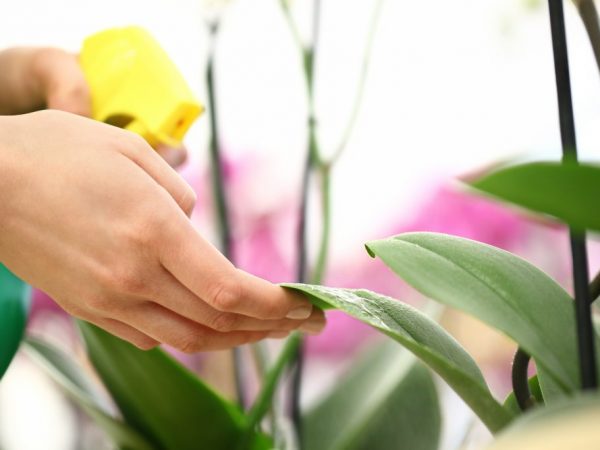

Treatment of orchids from mealybug

